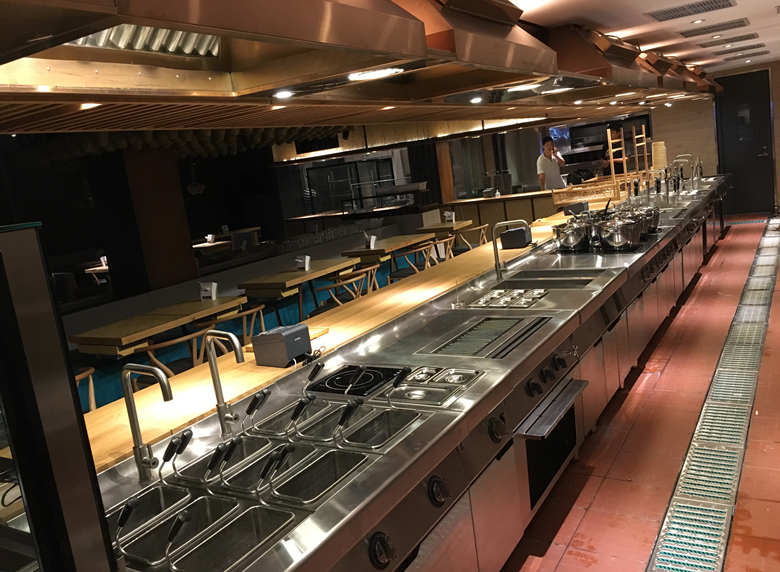Top 10 Tips for Buying Restaurant Equipment
Commercial kitchen equipment can cost tens of thousands of dollars, depending on what you are buying and how many pieces. When you’re investing that much money, you’ll want to make the best decision possible for your establishment. Even though there are more specific tips within each equipment category, there are a few things to keep in mind whenever shopping for restaurant equipment.
- Buy only commercial-grade equipment. Local health departments are adamant that only commercial-grade equipment is used in commercial kitchens. This is because commercial-grade food service equipment is easier to clean and is infinitely more durable than its residential counterparts and better able to withstand the rigors of a commercial kitchen.
-
- Purchase new equipment. Price is the big temptation for buying used restaurant equipment, but used restaurant equipment is less reliable because components are starting to wear out and can be costly to repair. New restaurant equipment, on the other hand, is in tip-top shape and comes with a factory warranty.
-
- Balance cost with quality. Cost should not be the only determining factor when shopping for new restaurant equipment. Different manufacturers use different materials and technology that affect reliability, performance and longevity. Each restaurant owner needs to determine for him- or herself the best quality of restaurant equipment that will fit within their budget and suit their particular needs.
-
- Stay within a budget. For any purchases you make, it is important to set and stay within a budget, otherwise you’ll end up over-spending which will hurt your bottom line.
-
- Do your research. Researching restaurant equipment involves making sure you have large enough capacities (cooking, storage, ice-making, etc.) to suit your needs. Also, look into units that can perform multiple functions to maximize your kitchen’s versatility while minimizing cost. For example, combination ovens can cook several different menu items at the same time in a single oven cavity.
-
- Check utility specs. While you are learning about the different types of restaurant equipment, pay special attention to the utility specs. This includes water, gas and electrical hookups. Match those to what is available in your kitchen. It would be a tragedy to purchase a gas-powered fryer only to find out that your building only runs on electricity.
-
- Measure the available space. Any time you shop for new restaurant equipment, it is important to make accurate measurements before buying. This includes measuring the doorway. If it will not fit through the doorway or into the intended space, select a smaller unit. For refrigeration equipment and ice machines, be sure to add a two to four inches on the back and sides for air flow. Also, for new or renovated commercial kitchens, it helps to do a mock layout of the kitchen before you go shopping so you know how everything will fit in the space.
-
- Consider going green. Even though ENERGY STAR Qualified restaurant equipment is a little more expensive than conventional models, the additional cost can quickly be recouped through energy savings and rebates available for eco-minded purchases. For example, a full-service restaurant that has a complete line of green restaurant equipment can save around $13,000 a year when compared to establishments with conventional equipment.
-
- Check the warranty. It is always wise to check the warranty information for any new pieces of commercial kitchen equipment that you intend to purchase, so you know what is and is not covered. If you’re stuck on two different brands, the warranties might be different enough to tip the scales one way or the other. Also, after you do make a purchase, be sure to fill out and return the warranty card so you can take full advantage of the warranty benefits.
-
-
Inspect the equipment before signing for it. If you do make a purchase and have the equipment shipped to you, uncrate and fully inspect it before you sign for the delivery. Any dents or structural damage are usually the fault of the shipping company. Signing for the delivery means that you accept any damages that are present. This makes it more difficult to return a piece of damaged equipment.
-
